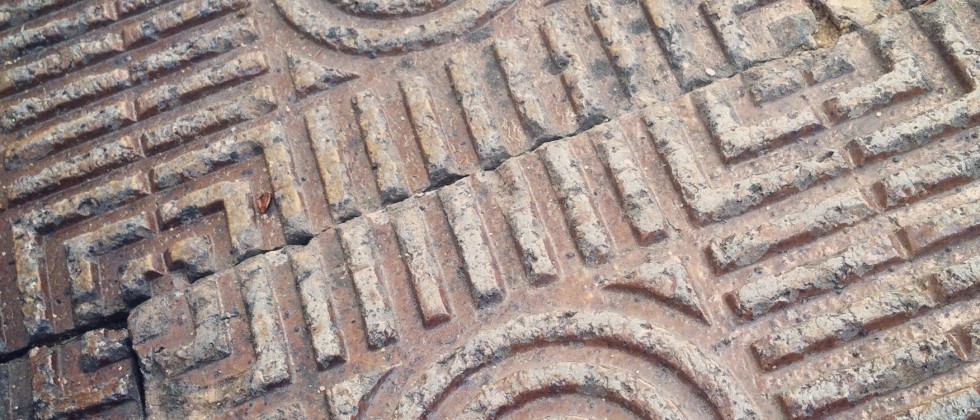
The Cost of College
- About President Dudley
- Messages to the Community
- Issues and Initiatives
- Speeches and Opinion Pieces
- President-s Office Staff
February 11, 2020
Last month, I wrote about our distinctive approach to liberal arts education at Washington and Lee. Hopefully you share my conviction that W&L is special, but you may wonder why it is so expensive. Our tuition remains lower than average among the nation’s top liberal arts colleges, but it is now more than $50,000 per year and has increased faster than inflation for most of our lifetimes.
What does tuition buy?
At Washington and Lee, students receive an intensely personal education of the highest quality. Our 8:1 student-to-faculty ratio compares favorably with the best schools in the country. It enables us to offer small classes and an innovative curriculum, taught by professors rather than graduate students. W&L’s introductory courses in biology and economics average fewer than 20 students, in comparison to the hundreds commonly found in lecture halls at larger universities. Teaching is our highest priority, and our faculty give their students individual attention from the day they arrive on campus to the day they graduate.
First-year students at Washington and Lee are twice as likely to discuss academics with faculty members outside of class than are students at other top liberal arts colleges. The impact is profound. W&L seniors are forty percent more likely to rate the quality of their interactions with faculty as excellent or good than are students at these peer schools.1
We supplement classroom education with a rich array of extracurricular opportunities. The majority of our students participates in the Outing Club, more than a quarter are varsity athletes, hundreds perform in arts and music programs, and a great many get involved in community service throughout Lexington and Rockbridge County. All of these activities are coordinated by W&L professionals, who also support the academic success, health and wellness, and career planning of our students.
Outstanding liberal arts education is expensive primarily because it depends upon surrounding students with a large number of dedicated teachers and mentors. Sixty-seven percent of the cost of a W&L education is attributable to compensating the people who teach and support our students. Twenty percent covers equipment, supplies, and operating expenses, and thirteen percent pays for the facilities in which our students live and learn.
Why has the cost of higher education risen so persistently?
The best answer to this question has been developed by Robert Archibald and David Feldman, professors of economics and public policy at William & Mary. I encourage you to read their essay, "The Anatomy of College Tuition," which summarizes the key points in their carefully researched book, "Why Does College Cost So Much?"
Archibald and Feldman gather data from all sectors of the U.S. economy since World War II to show that price increases in service industries are consistently higher than those in industries that manufacture goods. Costs rise faster in industries where people cannot be replaced without a loss in quality, in comparison to those where technological advances allow improved productivity. The effect is even more pronounced in those sectors -- such as law, health care, and education -- that rely on a highly educated workforce.
What can be done about it?
The primary ways to make education cheaper -- reduce the breadth of the curriculum, increase class sizes, eliminate extracurricular programs -- also make it worse. The needs and expectations of today’s students and families -- international programs, internships, modern science labs, information technology, health and counseling services -- are different than those of previous generations. We aim to meet those expectations and deliver the highest quality education as efficiently as possible.
W&L is proud to have the lowest ratio of administrative costs to educational expenditures among the top 25 liberal arts colleges in the country.2 This achievement reflects our priorities and sustains our aspiration to be a national model for 21st century liberal arts education.
The fact remains that what we do is expensive. Is it worth it? Our students think so: Ninety-nine percent of seniors rate their overall satisfaction with W&L as excellent or good. I look forward to sharing more extensive thoughts on the value of our distinctive form of liberal arts education next month.

Notes
- National Survey of Student Engagement (2017).
- Computed according to the methodology developed by the American Council of Trustees and Alumni, using audited 2019 financial statements from U.S. News and World Report's Top 25 National Liberal Arts Colleges.
Office of the President
- About President Dudley
- Messages to the Community
- Issues and Initiatives
- Speeches and Opinion Pieces
- President's Office Staff